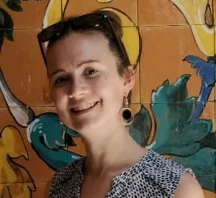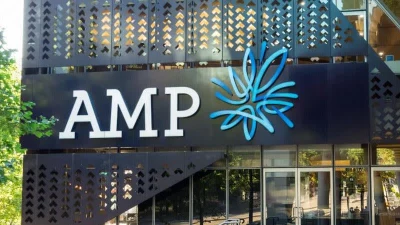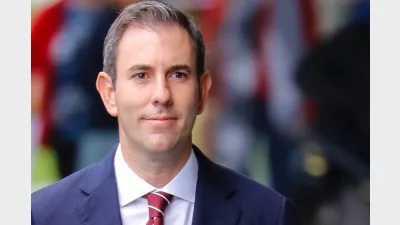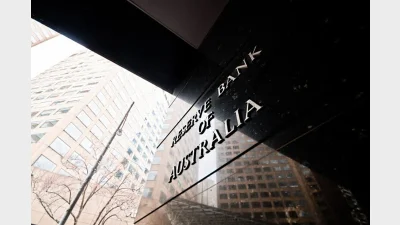Unlikely to see further mega-SMSFs



The introduction of contribution caps to the self-managed superannuation space means the industry is unlikely to see growth in ‘mega-fund’ accounts.
Last month, the Australian Taxation Office revealed the existence of several ‘mega-funds’, 27 had more than $100 million and one had more than $500 million.
However, this was unlikely to be a growing figure as it was likely these funds were made up of assets which pre-dated the contribution caps.
Peter Burgess, deputy chief executive of the SMSF Association, said: “It is likely these were legacy funds that had accounts before the contribution cap came in. There was a time when you could make very large contributions which would have led to these ‘mega funds’. You don’t see new funds being set up that big nowadays.”
Currently, the non-concessional contribution cap was $110,000 per annum or $330,000 when combined over two years. Meanwhile, the concessional cap was $27,000 per annum.
“This makes it difficult to accumulate large balances,” Burgess said.
He also said it was important that people checked they were working with a licensed professional who was able to provide the services they said they could when they were setting up an SMSF. This could be done by referring to the register on the Australian Securities and Investments Commission (ASIC) website.
This was in light of the increased volume of SMSF scams reported to the Australian Taxation Office.
Recommended for you
Super trustees need to be prepared for the potential that the AI rise could cause billions of assets to shift in superannuation, according to an academic from the University of Technology Sydney.
AMP’s superannuation business has returned to outflows in the third quarter of 2025 after reporting its first positive cash flow since 2017 last quarter.
The major changes to the proposed $3 million super tax legislation have been welcomed across the superannuation industry.
In holding the cash rate steady in September, the RBA has judged that policy remains restrictive even as housing and credit growth gather pace.










